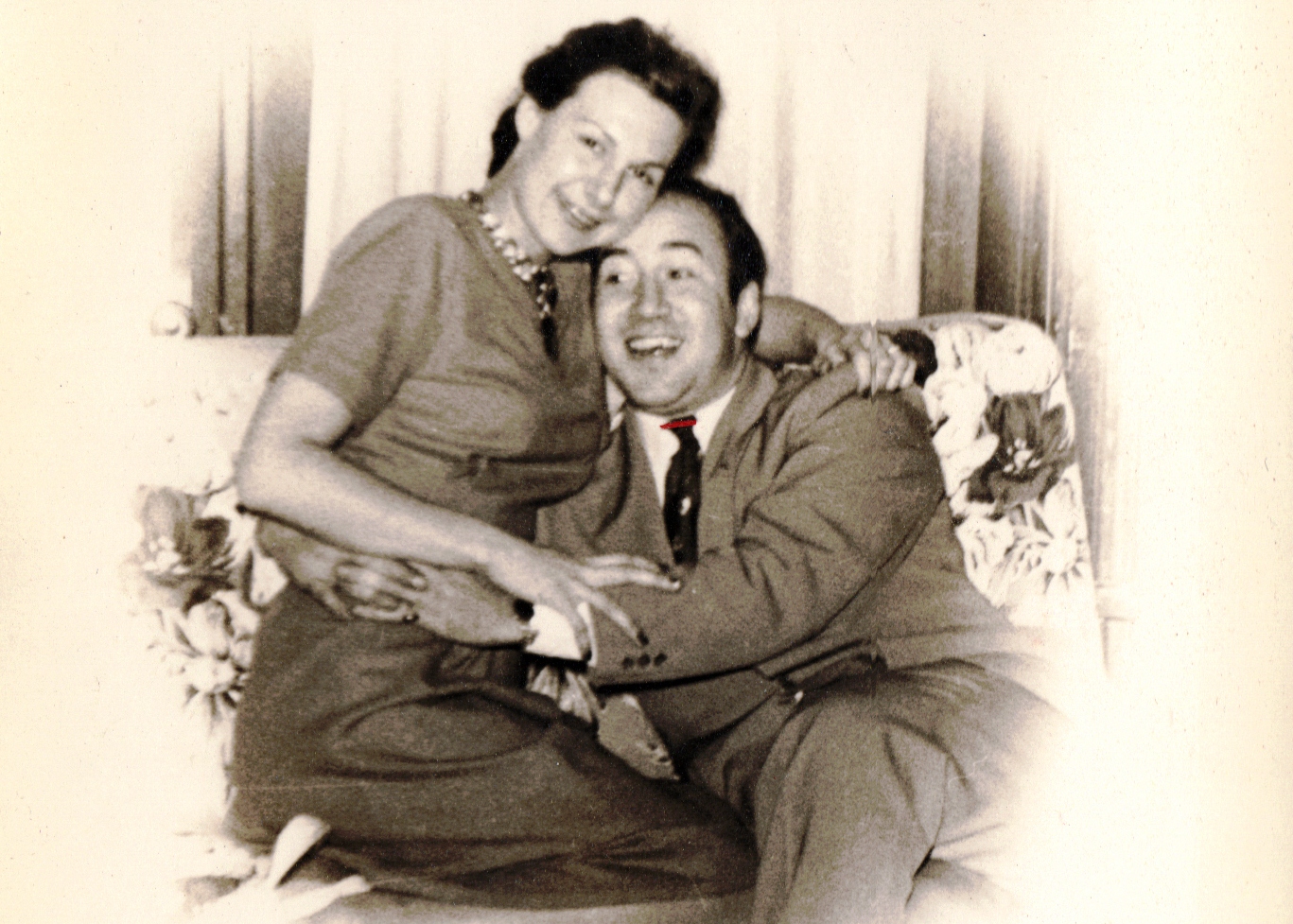 In September 1945 he returned to Ann Arbor and the University of Michigan to get his MS degree. While there he had a fight concerning research. It was during this time he was courting Priscilla Helen Lasecki. Pris was a lively, happy gal, who never uttered an unkind word about anyone and possessed a strong Catholic faith. She loved acting and had spent time in community theater. She
In September 1945 he returned to Ann Arbor and the University of Michigan to get his MS degree. While there he had a fight concerning research. It was during this time he was courting Priscilla Helen Lasecki. Pris was a lively, happy gal, who never uttered an unkind word about anyone and possessed a strong Catholic faith. She loved acting and had spent time in community theater. She 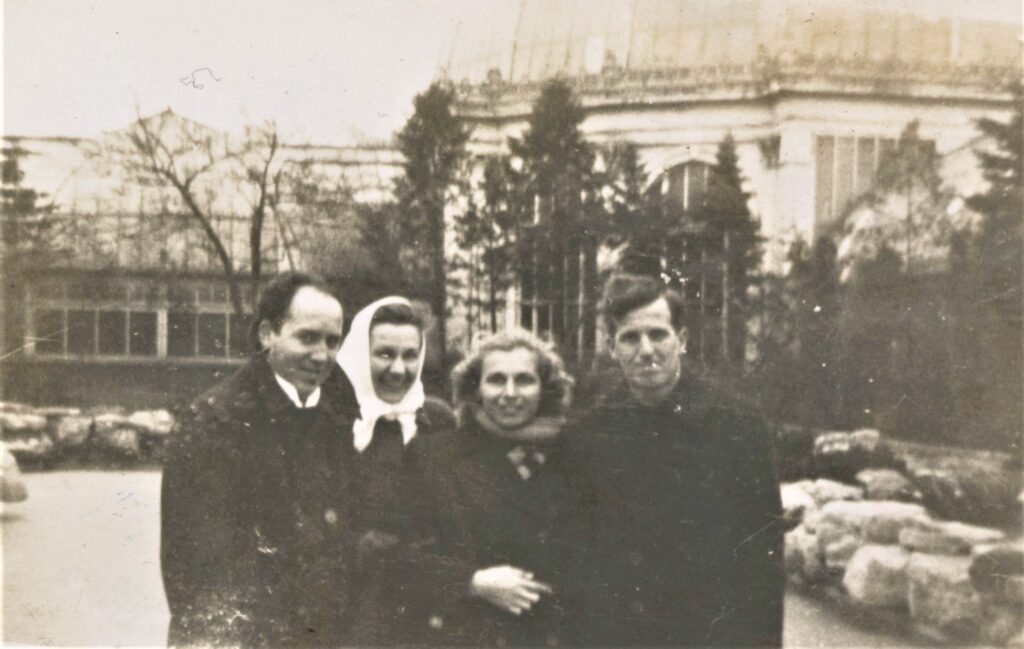 was quite ambitious saying she went to Nursing School when the government offered scholarships (during WW2), hoping to travel and see the world.
was quite ambitious saying she went to Nursing School when the government offered scholarships (during WW2), hoping to travel and see the world.
The photo below is of Bob, Pris, her sis, Gladys, and Hank on Belle Isle, Thanksgiving, 1947.
They were engaged and getting ready to get married. Unfortunately, his advisor, Professor Nungaster, who would, in 1951, become chair of the Department, did not like him taking so much time off.
The photo below is of Pris and Bob sunbathing in Ann Arbor, 1947.
We never heard any kind words about Dr. Walter J.Nungaster. This was also when Bob was working with Jonas Salk (Famed for the polio vaccine we now call the Salk vaccine), whom he said was also not a very kind man and very egotistical. He was, however awarded a M.S. degree in Bacteriology in 1947. According to the Ann Arbor City Directory of 1947, Bob was renting a place at 1438 Washington Heights. This may have been UM graduate student housing.
1947- 1948 After he received his M.S., he worked as a Research Assistant at University of Michigan for Professor Nungaster for two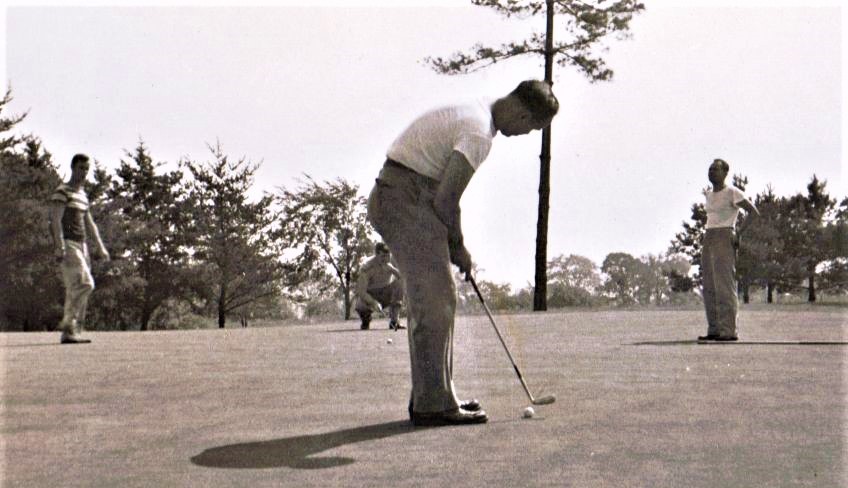 years. Bob did fundamental work on the antigenic structure of the tubercule bacillus. Listed in the Proceedings of the Board of Regents at UM, for his work on the Immunization against Tuberculosis, he received TRUST FUNDS of $1,200 per year in 1948.
years. Bob did fundamental work on the antigenic structure of the tubercule bacillus. Listed in the Proceedings of the Board of Regents at UM, for his work on the Immunization against Tuberculosis, he received TRUST FUNDS of $1,200 per year in 1948.
Photo: Bob on the UM Golf Course 1948.
The year before they married, Pris had passed her boards (R.N.) and graduated from UM in spring 1947. She was now working as an Operating Room Nurse in Topeka, KS at the Menninger Clinic. Bob, of course was working for Dr.Nungaster in Ann Arbor. Bob was working on TB as a research assistant for Prof. Nungaster. Since telephoning would have been prohibitively expensive, and texting did not exist yet, there must have been many love letters exchanged between the young couple during the year before they married.
MARRIAGE On 7 August 1948 at 11 AM, 29 year old, Robert married 26 year old, Priscilla Helen Lasecki in St. Mary’s Chapel, Ann Arbor. 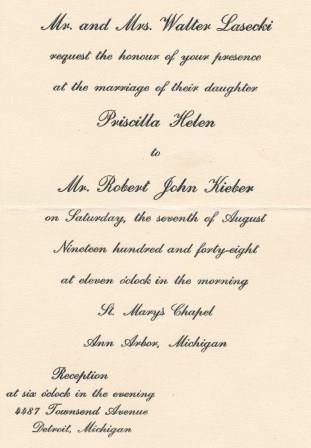
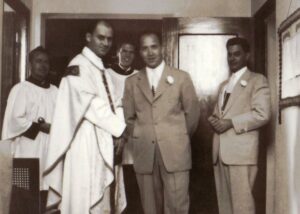
The witnesses were Bob’s best friend, Charles Burke and Pris’ sis, Gladys Klauke. The officiant was Bob’s brother, Father Lavern Kieber, who was living at the time at 24 Urban St. Buffalo –Saint Mary Magdalene Parish, which is today Antioch Baptist Church.
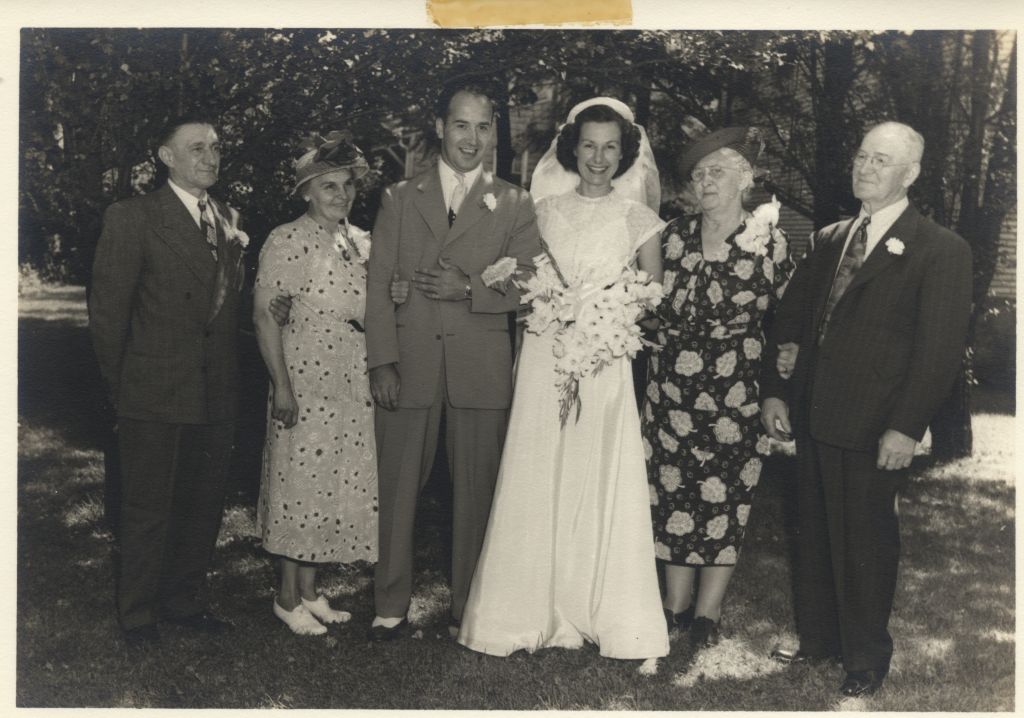 The reception was held in the evening, an hour away, at the home of the Lasecki’s in Detroit. Bob’s parent’s did come in from Buffalo as did the Buffalo cousins; John and Anna were both 72 years old. None of his grandparents were alive to share the happy occasion. In comparison, Priscilla’s father, Walter, was 54 and her mom, Helen, 52 years old. Of her grandparents, only Michalina Dych Lasecki was still alive; she would have been 76. Priscilla’s Detroit relatives, however, were able to join the festivities.
The reception was held in the evening, an hour away, at the home of the Lasecki’s in Detroit. Bob’s parent’s did come in from Buffalo as did the Buffalo cousins; John and Anna were both 72 years old. None of his grandparents were alive to share the happy occasion. In comparison, Priscilla’s father, Walter, was 54 and her mom, Helen, 52 years old. Of her grandparents, only Michalina Dych Lasecki was still alive; she would have been 76. Priscilla’s Detroit relatives, however, were able to join the festivities.
 The couple, now, Dr. and Mrs. Robert Kieber, embarked upon a honeymoon in New York state’s Adirondack Mountains. From all accounts, they had a wonderful time. The photo is of the cabin they stayed in at Blue Mountain Lake. Many years later, Carolyn and Michael would enjoy visiting Blue Mountain Museum with their three children.
The couple, now, Dr. and Mrs. Robert Kieber, embarked upon a honeymoon in New York state’s Adirondack Mountains. From all accounts, they had a wonderful time. The photo is of the cabin they stayed in at Blue Mountain Lake. Many years later, Carolyn and Michael would enjoy visiting Blue Mountain Museum with their three children.
Bob and Pris rented, what would be their final home in Anna Arbor: a rental at 331 Packard in 1949. The city directory lists him as Assistant Professor. Priscilla was a nurse again at University Hospital.
1949 was the year Robert’s parents, John and Anna celebrated their 50th wedding anniversary with a renewal of their vows. Bob and Clare acted as altar servers, Fr. Lavern Kieber officiated, and Buddie and Raymond stood as witnesses.
In 1949, he moved to Frederick, MD where he worked as a bacteriologist at Camp Detrick, which, from 1943 – 1969, was the center of the US Biological Weapons Program.
From the POLITICO article cited below:
“In the spring of 1949 the Army created a small, super-secret team of chemists at Camp Detrick called the Special Operations Division. Its assignment was to find military uses for toxic bacteria. The coercive use of toxins was a new field, and chemists at the Special Operations Division had to decide how to begin their research.”I
Here’s an excerpt from the History: U.S. Army Fort Detrick:
During World War II, every American knew that the very existence of our nation was threatened. Twenty million Americans were serving in the military, but the front lines were far away in Europe, Africa and the Pacific. Among the threats facing our soldiers, sailors, airmen and Marines was the specter of biological agents.
Scientists converged at Camp Detrick in 1943 to develop defenses to protect our troops from this threat. The research program at Fort Detrick pioneered the laboratory facility designs, equipment and procedures used for infectious disease research that are in place today in laboratories worldwide.
Photo is Bob in 1949.
In 1949, an enclosed one million liter test sphere was built at Camp Detrick, unofficially referred to as the ‘8-ball.’ This unique laboratory was used to test the dispersal of biological agents in aerosol.
In the early 1950s, the Army Surgeon General became concerned about medical defense issues. He appointed a medical liaison officer to the biological warfare laboratories at Detrick. Beginning in 1953, medical defense research against biological weapons was conducted cooperatively by the Army Chemical Corps and the Army Medical Department. “
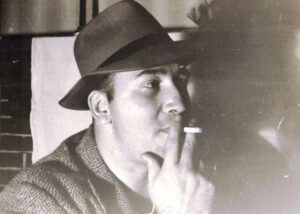 In 1970, President Nixon terminated the U. S. biological warfare program. His administration also started the EPA. In 2021, it is considered a bioscience/communications research installation.
In 1970, President Nixon terminated the U. S. biological warfare program. His administration also started the EPA. In 2021, it is considered a bioscience/communications research installation.
There is another, quite disturbing article about later experiments, including the famed MK- Ultra, in Politico, by Stephen Kinzer, “The Secret History of Fort Detrick, the CIAs Base for Mind Control Experiments.” Sep. 15, 2019.
Sue: We all feel that the work he did there bothered him until the day he died.
Here, Robert worked for a year, planning, directing, and conducting investigative or developmental research in virology. We don’t have a lot of stories about his time there because it is CLASSIFIED and probably will never be de-classified. At any rate, Bob always maintained that he thought, if he could give everyone a case of the runs, that would be better than dropping bombs on them.
According to the Fredrick MD city directory, the now growing young family, lived at 45 E. 3rd Street, Frederick in 1950, which appears on google earth as a small apartment house.
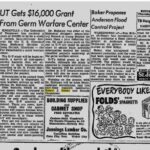 His boss from Frederick was going to UT and asked him to come as well. The young family moved in September 1951 to 1238 Moody Avenue, (Lot 17 the 3rd Unit addition), Knoxville, Tennessee. This was a newly-built, (1950) one story home on a half acre. They bought their first home, from Andrew W Davis on March 16, 1953, for $12,000. (at least that was what their title insurance was for). Their downpayment would have been, $700.00.
His boss from Frederick was going to UT and asked him to come as well. The young family moved in September 1951 to 1238 Moody Avenue, (Lot 17 the 3rd Unit addition), Knoxville, Tennessee. This was a newly-built, (1950) one story home on a half acre. They bought their first home, from Andrew W Davis on March 16, 1953, for $12,000. (at least that was what their title insurance was for). Their downpayment would have been, $700.00.
Renovated in 1985, by 2021, Redfin estimates this home’s value to be $148, 353.00
The article at right is difficult to read, but it is from the Kingsport Times, 21 June 1951.
Bob worked on his Doctorate degree which was awarded in 1952. His dissertation was titled “Some High Temperature Mesophilic Members of the Genus Micrococcus.” During this time he worked under a grant from Camp Detrick, Army Chemical Corps.
In 1952 Bob was now a young man, 33 years of age. He accepted a position as Assistant Professor of Chemical Engineering and Bacteriology at the University of Tennessee.
Sue remembered a story Bob told her about how Robert was pressured to change some of the football players’ final grades. Bob refused to give them more than what they had actually earned during the semester and that became a point of contention between him and the college administration.
Another problem he had with the administration was occured when he attended chapel. Since they were all segregated at the time, which Bob did not believe in, so he went ahead and sat with the negroes (his language). Again the admins were angry with him.
According to Robert jr, who became a chemistry prof. at UNC Wilmington, Bob had yet another difficulty at Tennessee when they wanted him to teach evolution. Of course, Bob, a strong Catholic, was also a strong scientist, and was never an anti-evolutionist. He stood his ground and insisted he should be able to teach it. His department chair, however, pressured him to tow the line. We think that this was the straw that broke the camel’s back because next we know, he “walked into his old lab at UB and asked if there was any work?” There was, and he was hired.
Another version of the story from Tom K-E, who received a Ph.d from Buffalo: Things were going well in his career and Robert was recruited in 1954 by Ernest Witebsky, who was fairly famous in the Dept. of Microbiology and Immunology at the University of Buffalo. Later, the Witebsky Center for Microbial Pathogenesis and Immunology in the Jacobs School of Medicine and Biomedical Sciences, bears his name. At UB, Bob was Assistant Professor of Bacteriology and Immunology. He taught medical and dental students and pursued a research program in the quantitative assay of immunoprecipates from a multiple antigen system.
So, Bob sold the Moody Avenue house on 28 August 1954 to W.E. Young and his wife, Mary C Young for $12,364.70.
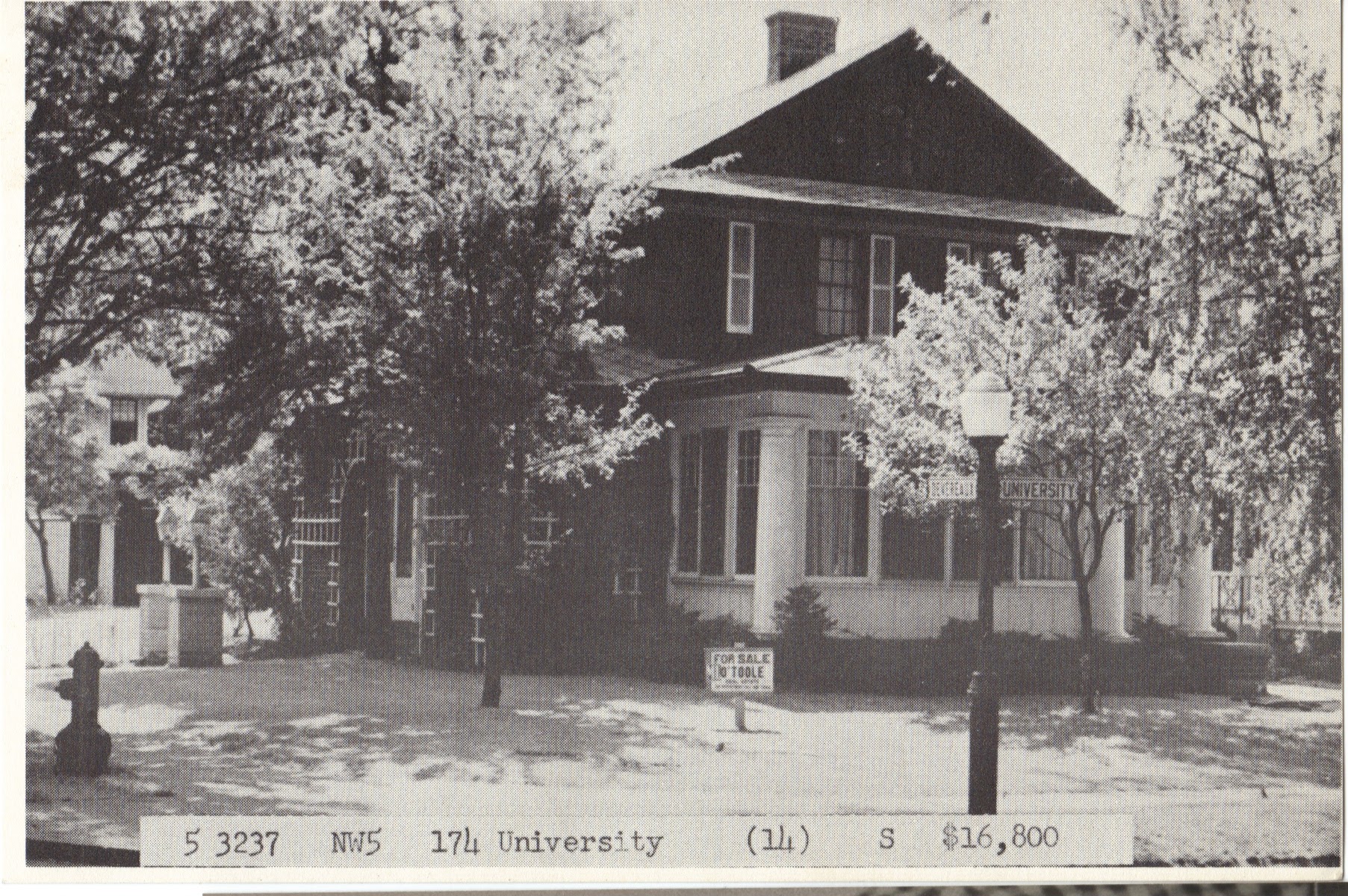 In Buffalo, on 20 Dec, 1955, Bob’s wife, Priscilla rented a house for $60.00 from Aloysius and Mary Kluge. Eventually the Kiebers bought the 2-story, brick and stucco house from Ruth Grimm at 174 University, corner of Deveraux, between Kenmore and Main Street for $15,150.00. In 2021, this is the University Heights or University Park Historic District and it is a 2-minute drive from the UB Anderson Art Gallery! When they bought it, the home had a finished basement with lavatory, a 2-car garage, a finished attic room, “modern” tiled bath, a fireplace, 4-bedrooms, oak floors, screens, and a 3-gallon water heater. Redfin, in 2021, estimated the worth of the house as $256,00 and characterized the home, built in 1918, as: “Quaint, charming yet very spacious Bungalow style wonderfully restored. Bright corner yard, low maintenance brick and stucco exterior and a two car garage. Enclosed sun porches, big living room, elegant formal dining room and period 1918 moldings, windows, woodwork and a fireplace. Refinished oak floors, updated carpet and a big eat in kitchen, with resurfaced cabinets, new counters and floor. Updated bathroom, replicated subway tile and new fixtures. Good systems, very good condition.” The lot size is 5,227 sq. ft.
In Buffalo, on 20 Dec, 1955, Bob’s wife, Priscilla rented a house for $60.00 from Aloysius and Mary Kluge. Eventually the Kiebers bought the 2-story, brick and stucco house from Ruth Grimm at 174 University, corner of Deveraux, between Kenmore and Main Street for $15,150.00. In 2021, this is the University Heights or University Park Historic District and it is a 2-minute drive from the UB Anderson Art Gallery! When they bought it, the home had a finished basement with lavatory, a 2-car garage, a finished attic room, “modern” tiled bath, a fireplace, 4-bedrooms, oak floors, screens, and a 3-gallon water heater. Redfin, in 2021, estimated the worth of the house as $256,00 and characterized the home, built in 1918, as: “Quaint, charming yet very spacious Bungalow style wonderfully restored. Bright corner yard, low maintenance brick and stucco exterior and a two car garage. Enclosed sun porches, big living room, elegant formal dining room and period 1918 moldings, windows, woodwork and a fireplace. Refinished oak floors, updated carpet and a big eat in kitchen, with resurfaced cabinets, new counters and floor. Updated bathroom, replicated subway tile and new fixtures. Good systems, very good condition.” The lot size is 5,227 sq. ft.
Marie, who was 4-years old, when they lived in Buffalo, reminisced about the family dog, a dachsund named Penny. At some point, however, Marie and Penny fell down the stairs. Bob was concerned about the safety and decided to get rid of the dog.
Bob said that his salary at UB was $5,000 year (which, according to CPI inflation calculator, would be $49,417.35 in 2021) — and he realised that that wasn’t enough to raise a family on! He listed the house with O’Toole Real Estate on 1 July 1955 for $16,000. Mike said that in 2021, an incoming University Prof at SUNY Fredonia would be offered about $55,000 or $65,000. So, things have changed, but only very slightly (depending upon how you view the inflation calculator, which tends to be a bit wonky)…University of Buffalo, a research university in the SUNY system, would offer $10,00 to $15,000 more.
Robert decided to get a job in industry, which then, like now, paid much higher salaries than academia. Later in his life, he would say that he regretted this decision and wished he had remained in academia. Between the organized crime so prevalent in New Jersey at the time, and other unethical practices within the companies he worked, he felt academia upheld a higher standard or at least, he could work independently and wished he had remained in academia. Instead, he taught at Mater Dei High School where he was affectionately known as “Doc” in New Monmouth NJ before retiring. Several of his students remained in contact with Bob over his later years and even came to visit him at the house.
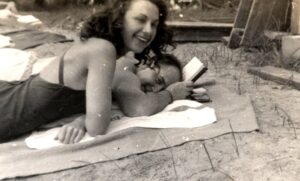
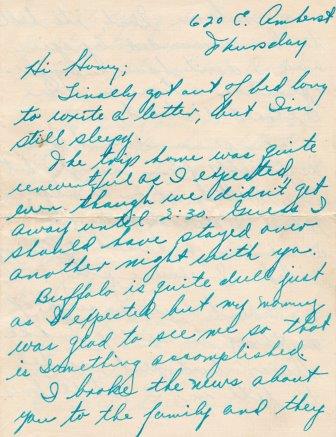
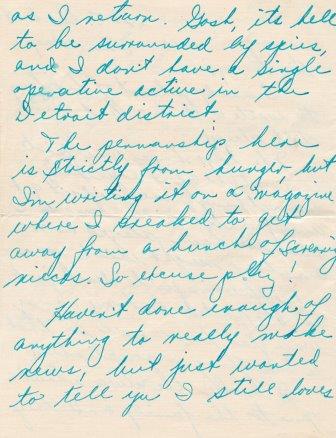
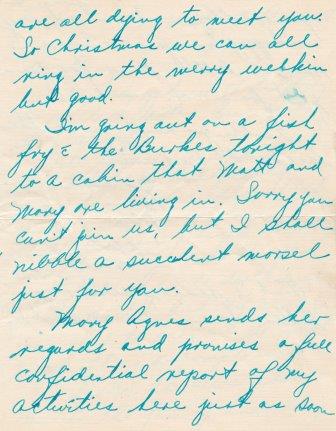
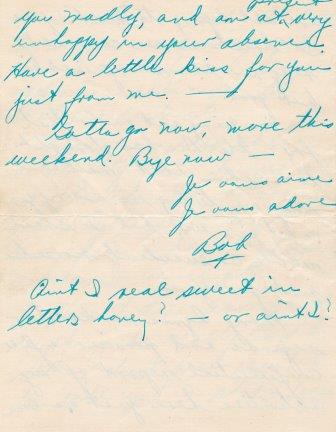
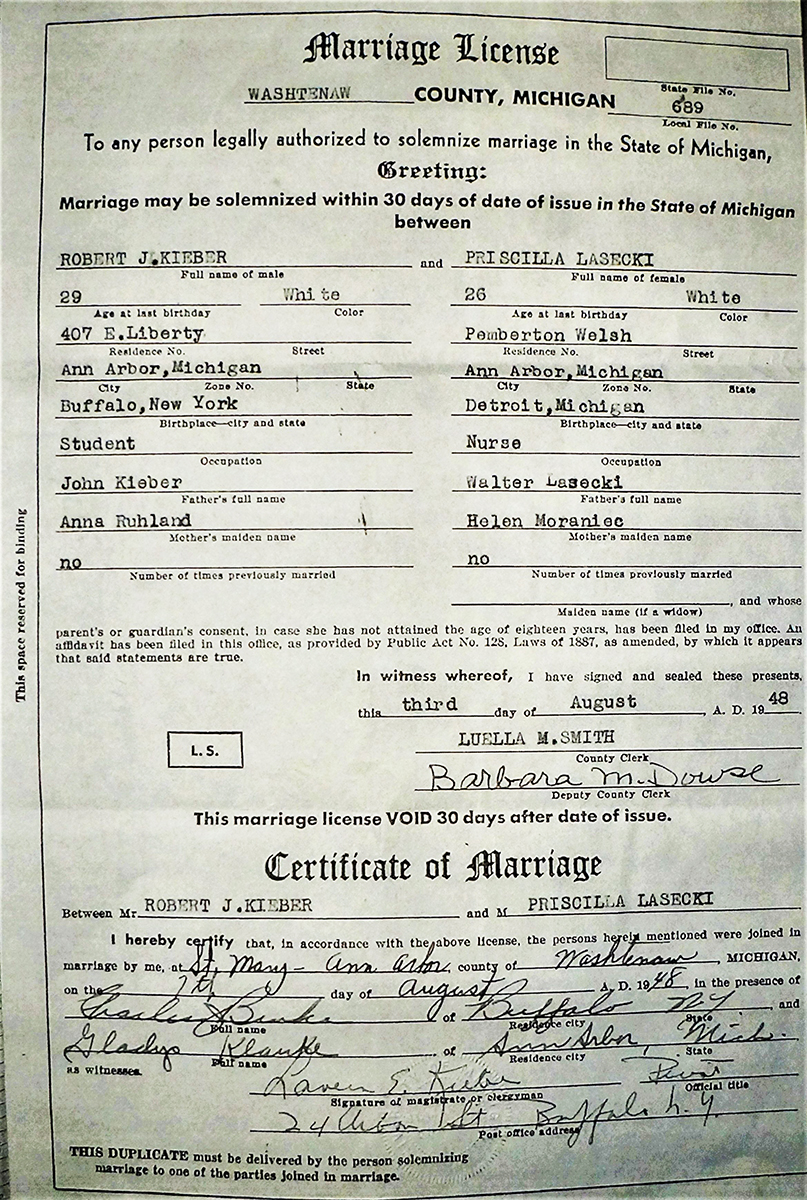
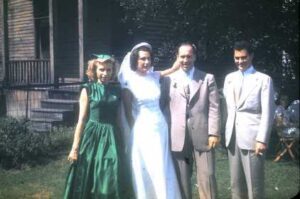
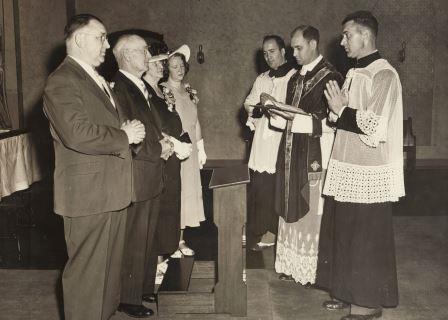
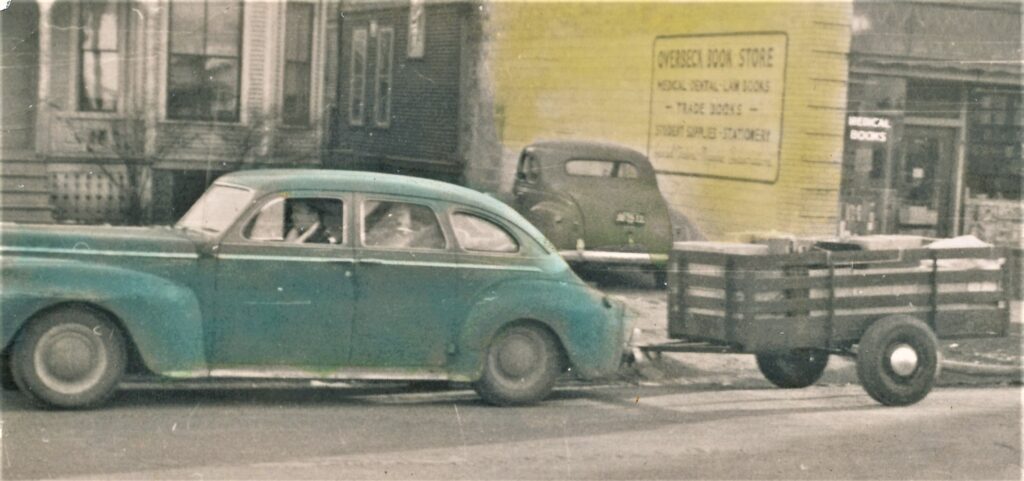
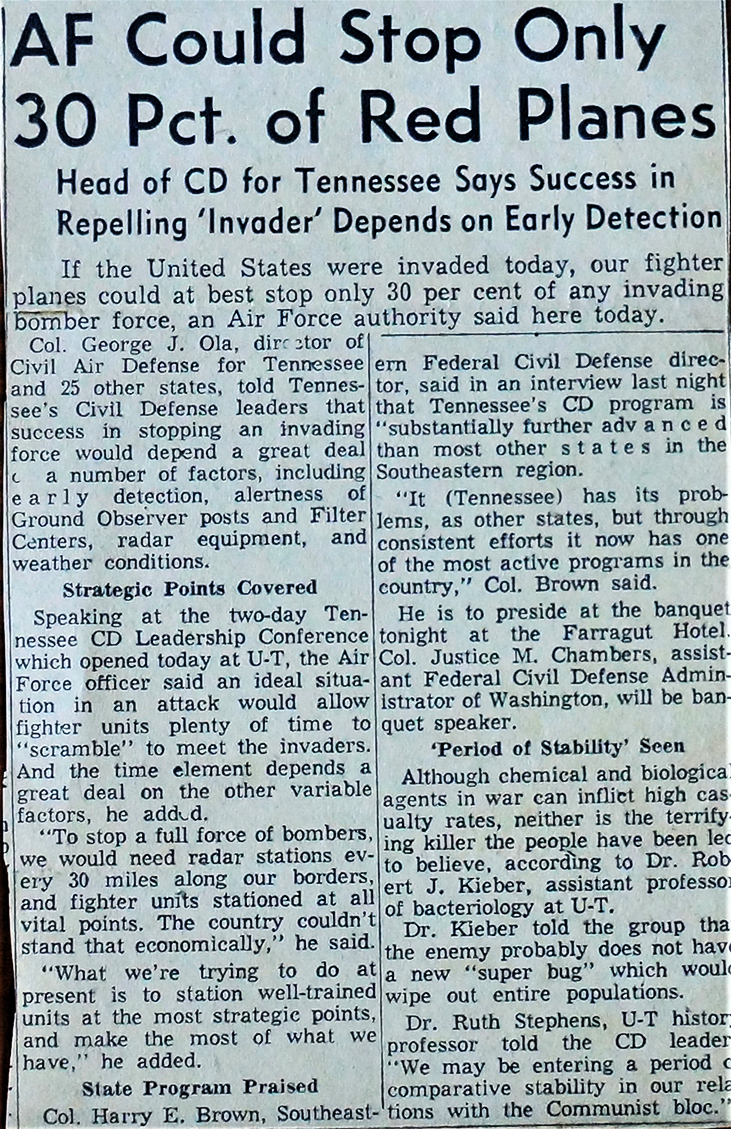
Leave a Reply